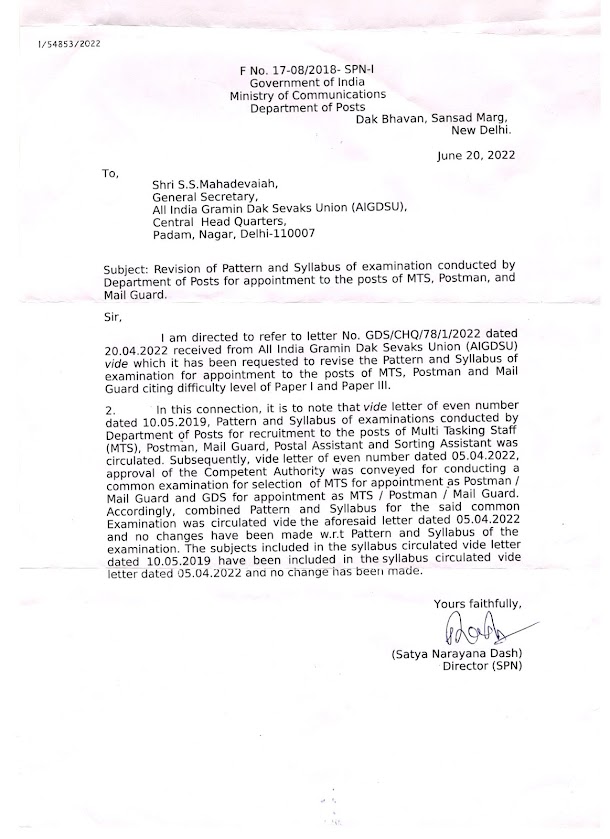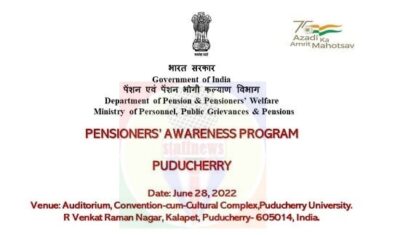Consumer Price Index for Industrial Workers (2016=100) – May, 2022Press release dated 30.06.2022 by Labour Bureau:-GOVERNMENT OF INDIAMINISTRY OF LABOUR & EMPLOYMENTLABOUR BUREAU‘CLEREMONT” SHIMLA-L7 1004DATED: 30 June,2022F.No. 5/1/2021-CPIPress ReleaseThe Labour Bureau, an attached office of the M/o Labour & Employment, has been compiling Consumer Price Index for Industrial Workers every month on the basis of retail prices collected from 317 markets spread over 88 industrially important centres in the country. The index is compiled...
Read More ->>









%5B2%5D.jpg)






.jpg)


 →
→











